Reverse Osmosis
A Clean Slate
RO can remove excessive chlorides, sodium, bicarbonates, or even nutrients within the water.
When is it needed?
When mineral levels in water are too high for healthy plant growth, R.O. may be a necessary step in treatment to bring those levels down.
For example, when using:
- Well Water
- Rain Water
- Pond Water
- Leachate
RO separates all ions and minerals from the water by pushing it through a pressurized semi-permeable membrane. The reject (concentrated waste) is then discharged, leaving pure water behind.
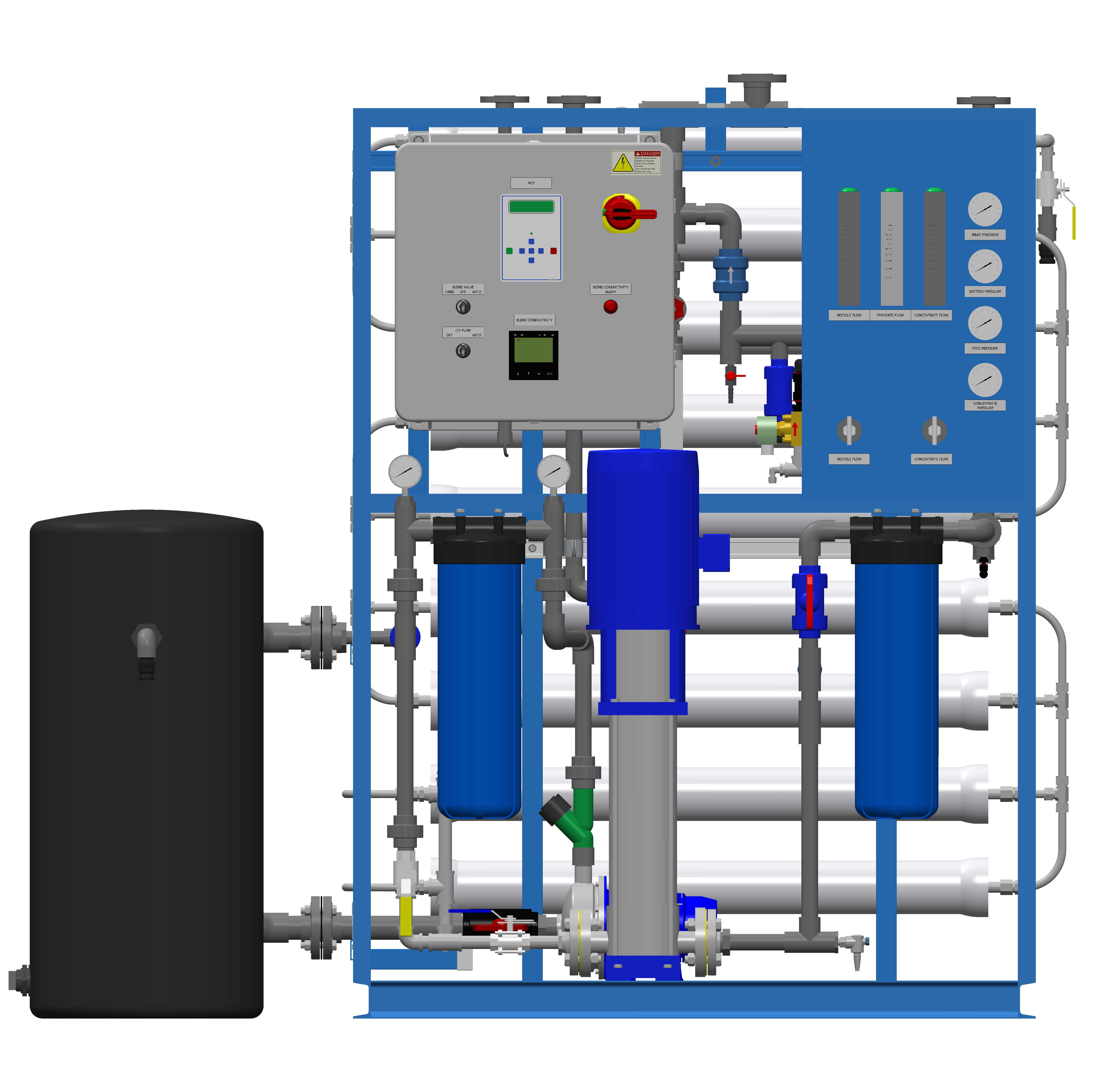
Downsides
R.O. leaves behind a large amount of concentrated waste that needs to be dealt with.
Additionally, removing ions from your water leaves it in a corrosive state that will leach material from your downstream piping. For this reason, ions, minerals, and/or nutrients need to be added back in.
The Dramm Approach
Sized For You
It starts with a horticultural water analysis. Understanding the mineral levels in your water is key for determining if RO is the right solution, and appropriately sizing the machine.
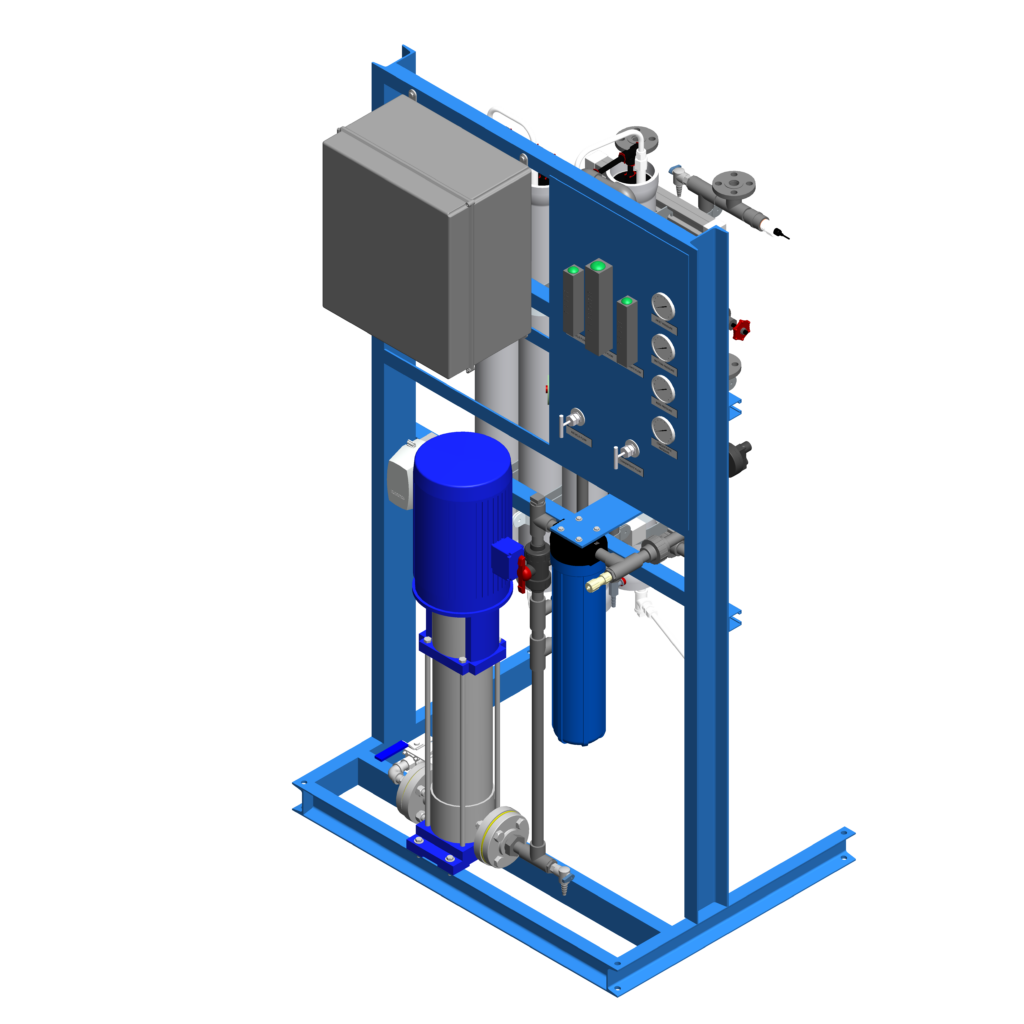
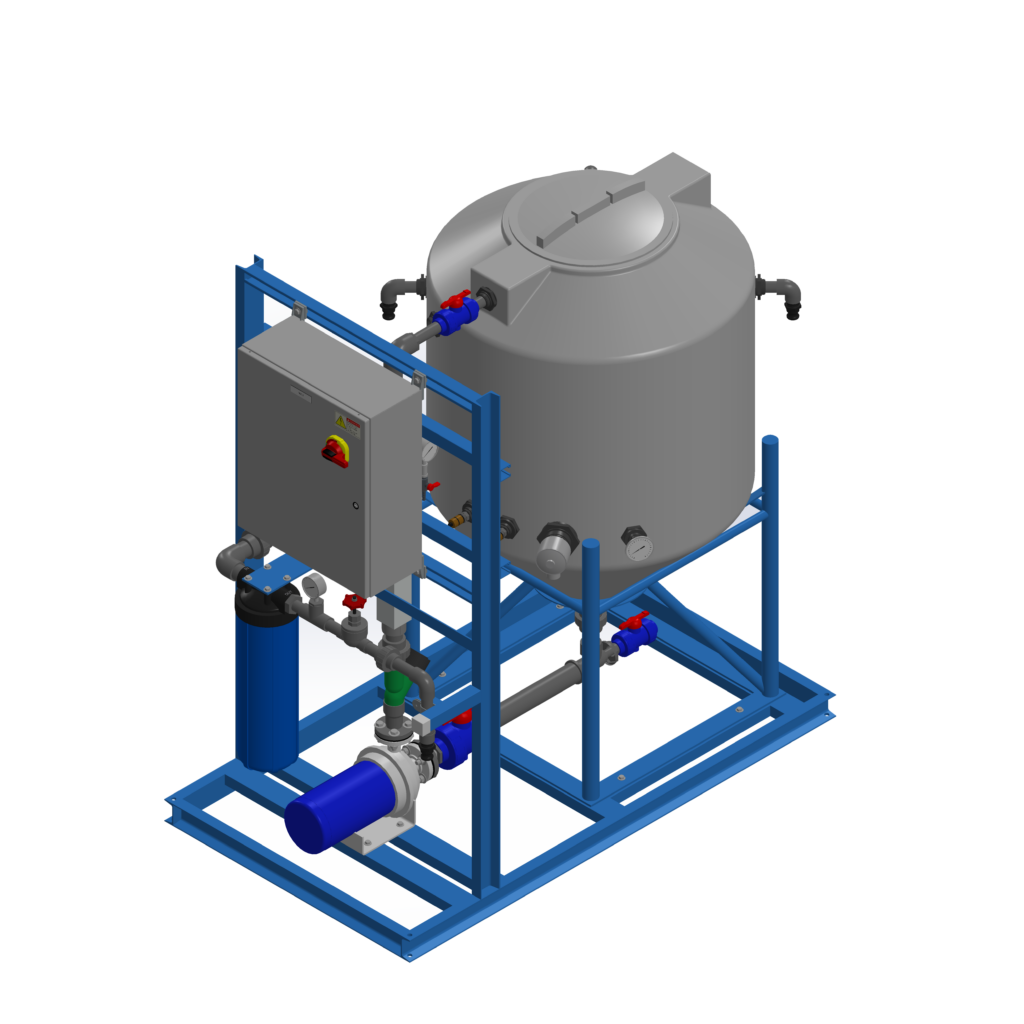
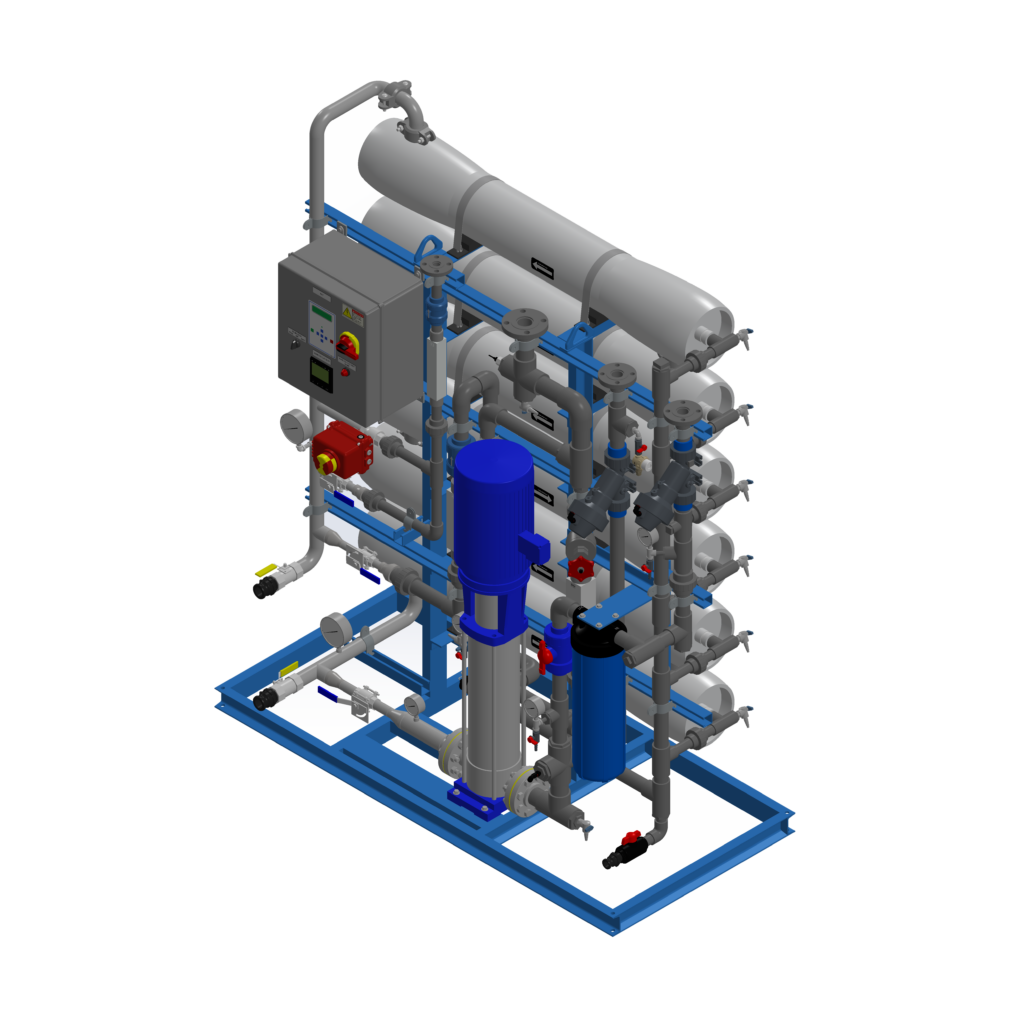
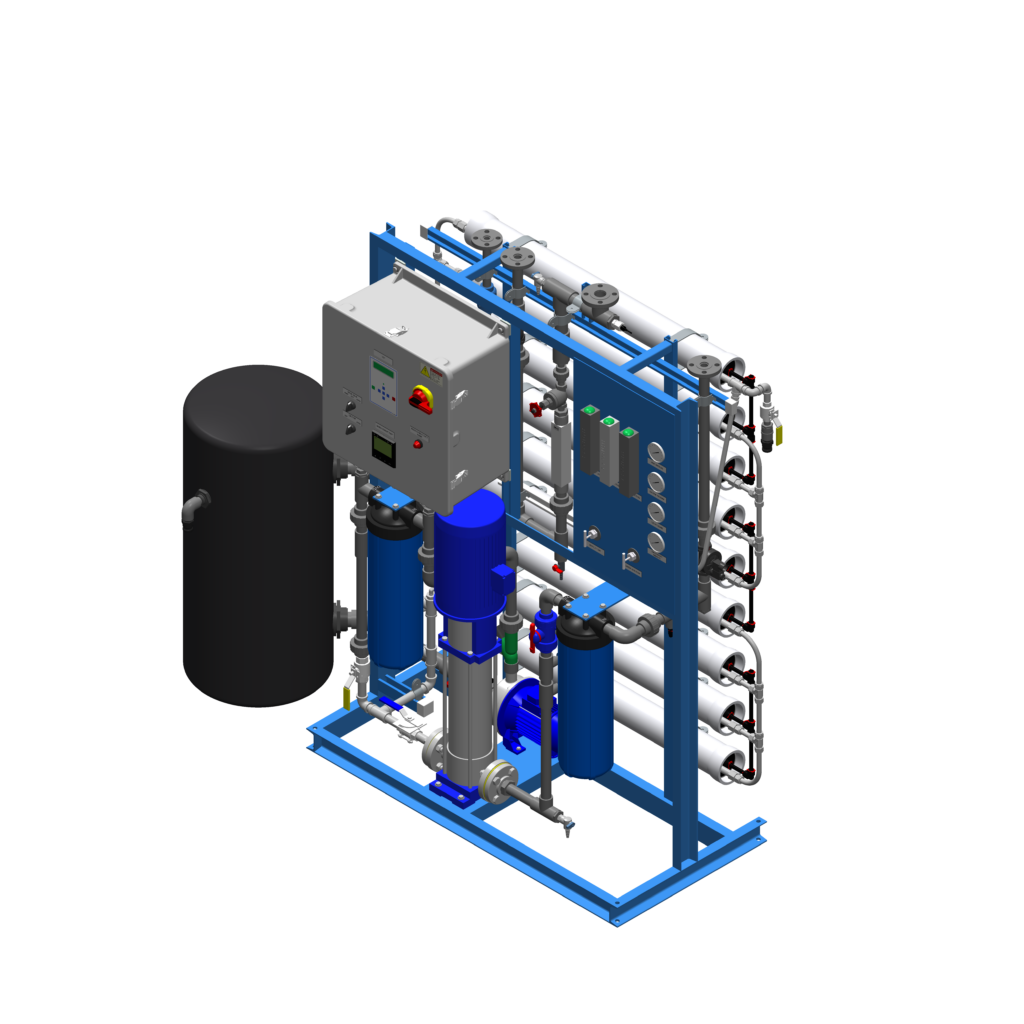
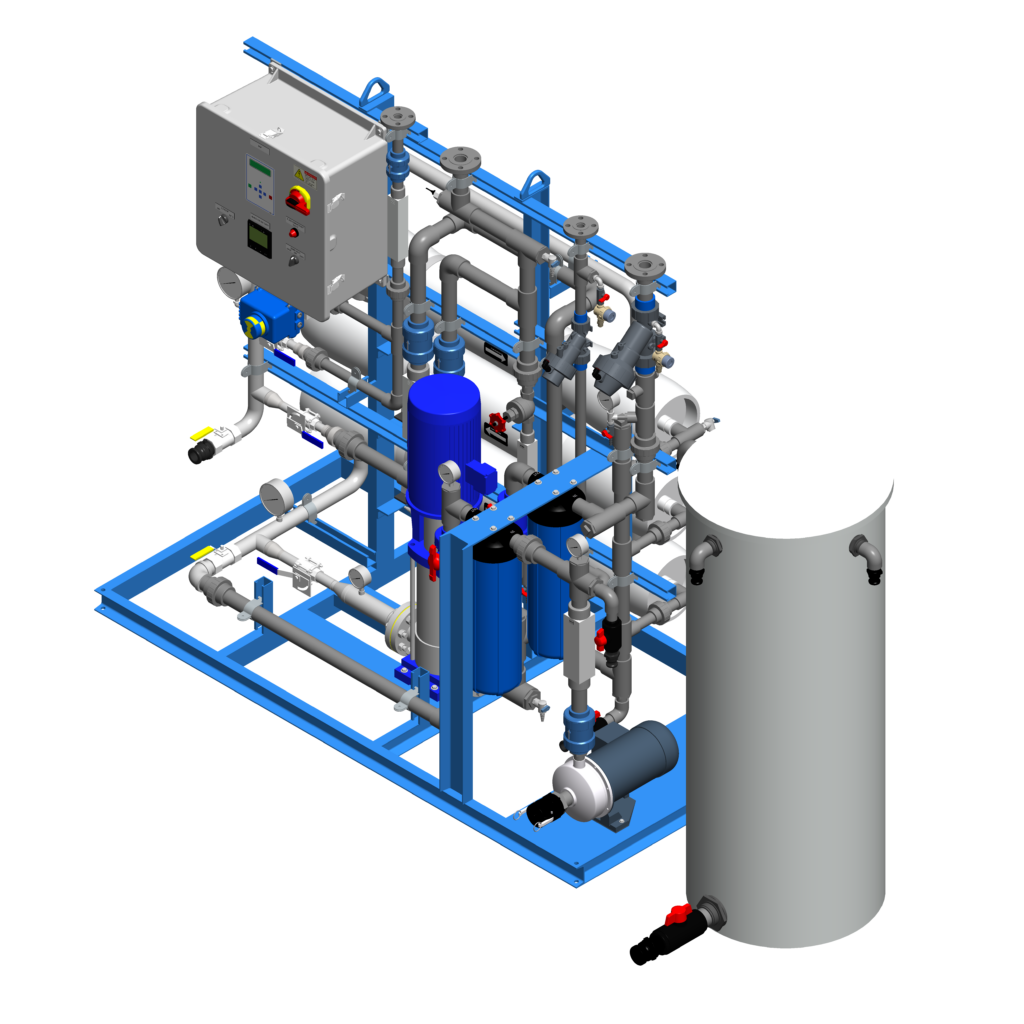
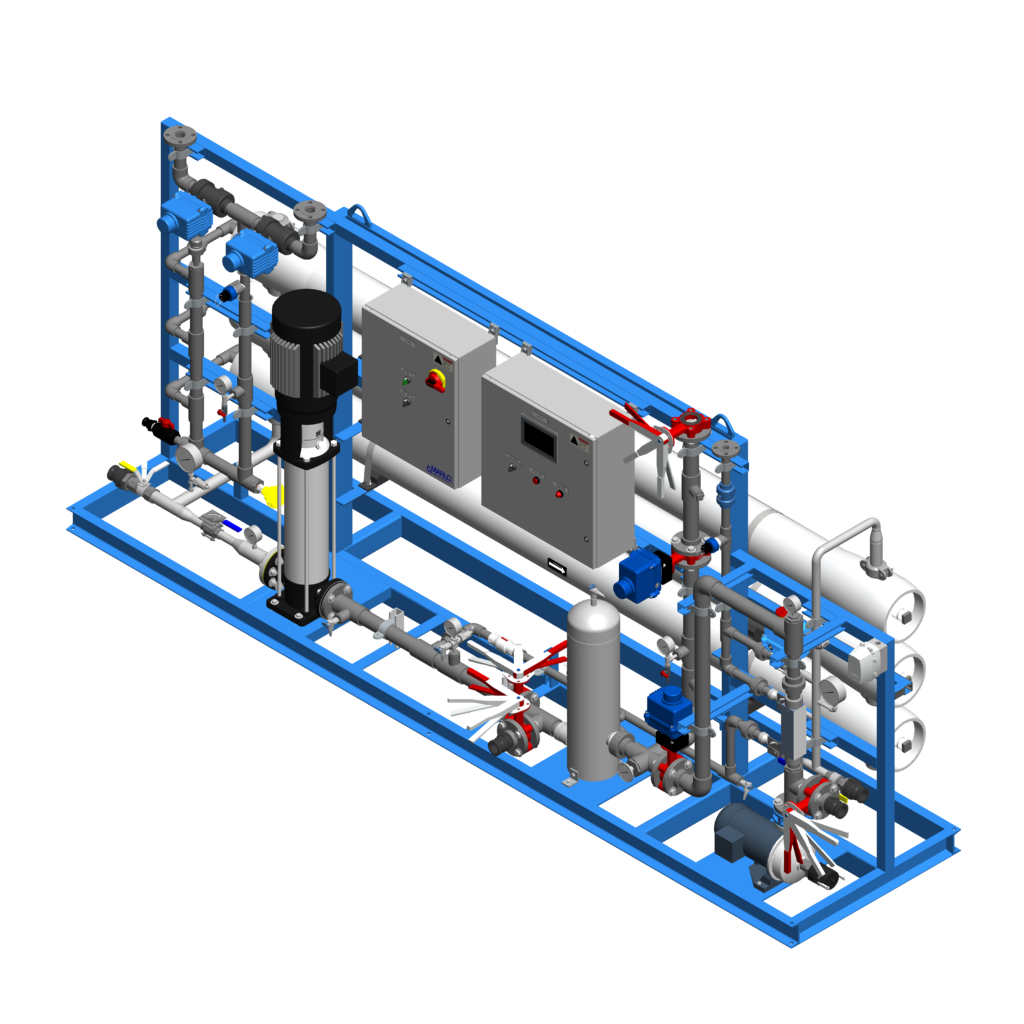
Many Considerations
Dramm understands that sizing RO is not just about number of gallons a day used. We take a broader view of the many variables that go into sizing your RO effectively such as available storage, irrigation flow-rates, water temperatures, etc.
Reusing Minerals
Often, mineral levels simply need to be reduced to a healthy level, not removed entirely. For example, it may be advised to blend back untreated source water into the R.O. product water.
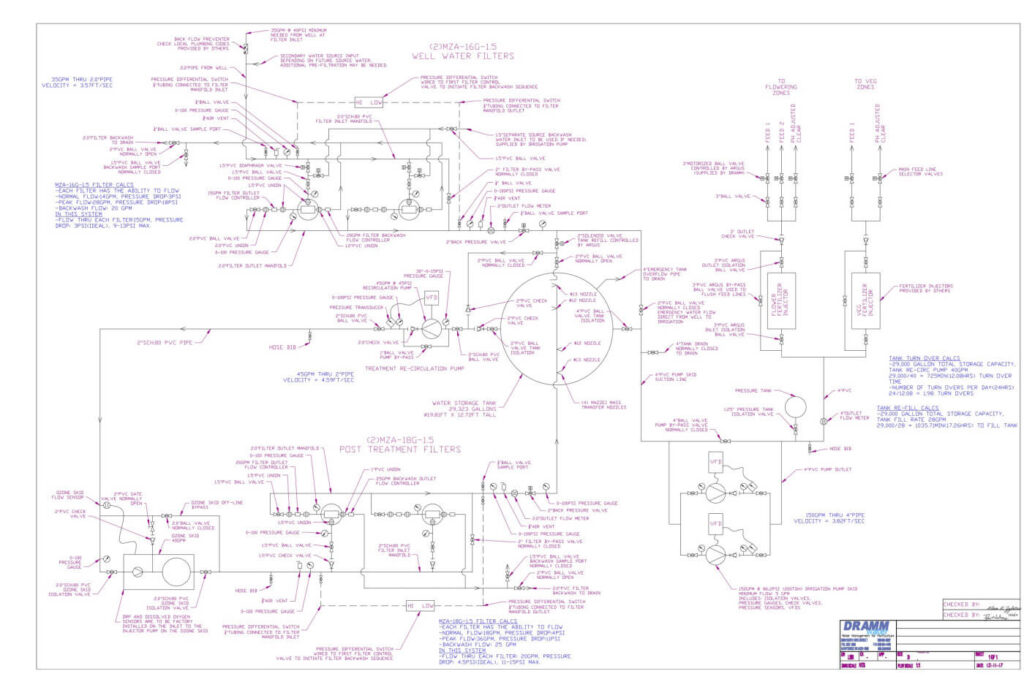
Part of a Larger System
While R.O. is a powerful tool when appropriate, it cannot do everything. It provides no residual plant health benefits and is not a method of sanitation. There is no Magic Bullet in water treatment.
This is why Dramm takes a multi-pronged approach. If utilized, Reverse Osmosis is implemented as just one part of a larger system.

